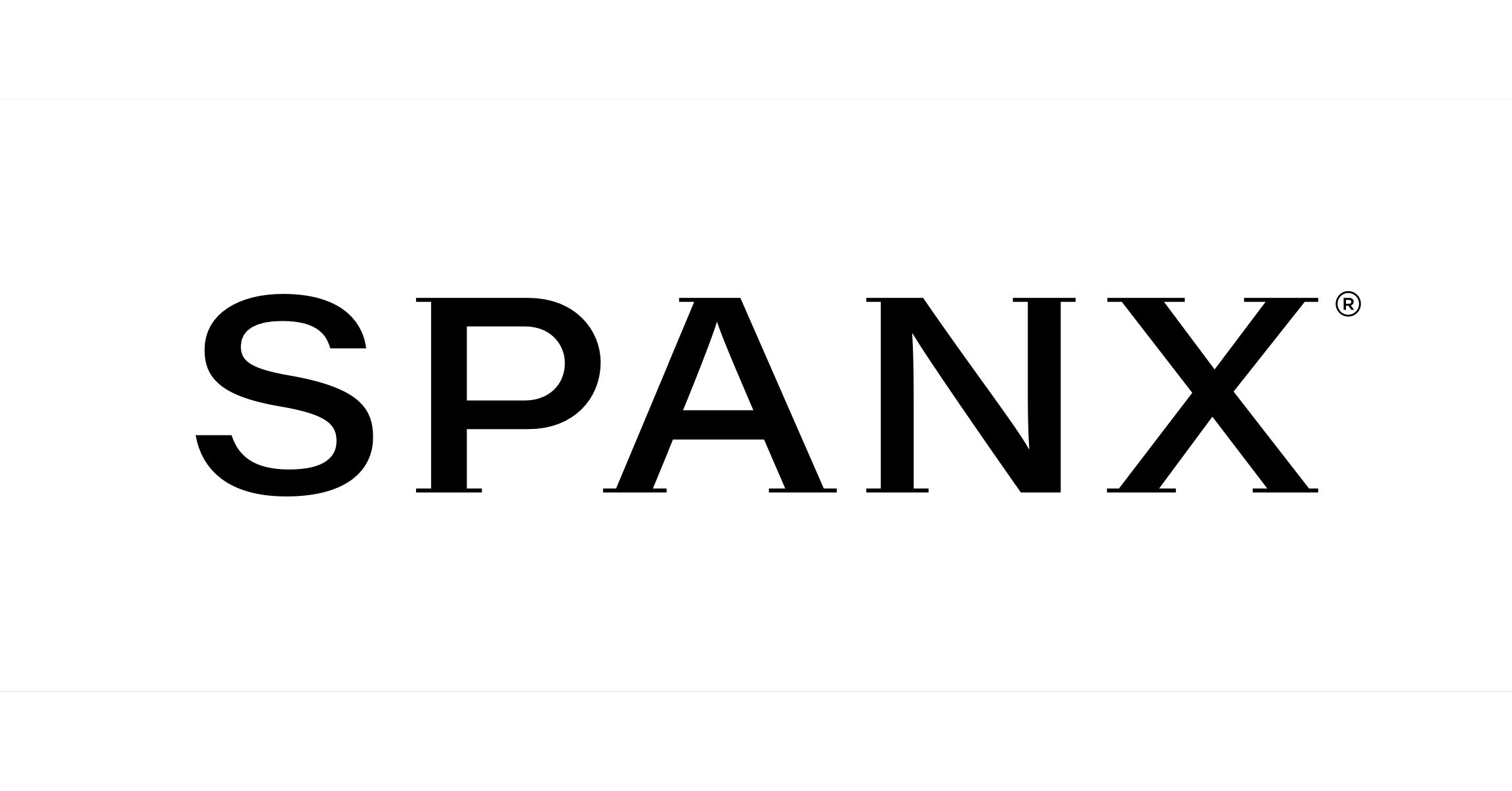Sara Blakely's name echoes through boardrooms and dressing rooms alike these days. Just last month, at the 2025 Forbes Power Women's Summit, the Spanx founder shared fresh insights on her improbable rise, reminding everyone that everyday frustrations can fuel extraordinary breakthroughs.
Her story feels more relevant than ever in today's economy, where self-starters like her inspire a wave of bootstrapped ventures. What started as a quirky fix for uncomfortable undergarments has grown into Spanx, a shapewear powerhouse valued at over $1.2 billion. Blakely turned $5,000 in savings into a self-made fortune now topping $1.1 billion, proving that grit and a great idea can outpace even the flashiest funding rounds.
From Law Dreams to Door-to-Door Drudgery in Florida Heat
Blakely arrived in the late 1990s with big plans after earning her communications degree from Florida State University. She dreamed of law school and spent months cramming for the LSAT, only to fall short twice. Those setbacks stung, yet they nudged her toward unexpected paths. A brief gig at Walt Disney World brought some magic, but bills piled up fast. Desperate for steady cash, she landed a job peddling fax machines across Florida's sun-baked suburbs. Each day meant lugging bulky demo units from office to office, all while wrestling with the era's mandatory pantyhose under business skirts. The heat amplified every pinch and seam, turning routine sales calls into tests of endurance. Little did she know, that relentless discomfort would soon birth her billion-dollar breakthrough.

The iconic Spanx logo, symbolizing Sara Blakely’s groundbreaking shapewear empire and the financial triumph of a self-made billionaire.
The Pantyhose Hack That Ignited Sara Blakely's Shapewear Vision
One ordinary evening flipped the script entirely. Blakely pulled out a pair of cream slacks she'd bought but never worn, thanks to nagging worries about visible panty lines. Frustrated, she grabbed a pair of control-top pantyhose and snipped off the feet with kitchen scissors. Slipping them on under the pants delivered instant magic, a seamless smooth line that boosted her confidence without the usual squeeze. Excitement bubbled up as she realized this wasn't just a personal win. Women everywhere battled the same wardrobe woes, trapped by clunky, outdated shapewear that promised slimming but delivered bulges and breathlessness. Traditional options felt like relics from another decade, thick and unforgiving. Blakely envisioned something better, a footless hosiery line that blended comfort with real shaping power. That kitchen-table experiment marked the dawn of Spanx, the innovative shapewear brand set to disrupt an entire industry.
Rejections, Red Backpack, and the Road to Oprah's Nod
Ideas alone don't build empires, and Blakely learned that the hard way. With zero fashion credentials or deep pockets, she dove in anyway, drafting her own patent application to save thousands in legal fees. Her $5,000 nest egg covered prototypes, but mills in North Carolina dismissed her pitches outright, their skepticism palpable over cold calls.
Undeterred, she packed a lucky red backpack and drove north, enduring slammed doors until one mill owner's daughters convinced him to listen. Prototypes evolved through real-world trials on friends, not stiff mannequins, ironing out flaws like uneven compression and itchy fabrics.
By 2000, with samples in hand, Blakely sent a care package to Oprah Winfrey, including a heartfelt note about her pantyhose plight. Weeks later, Oprah's "Favorite Things" seal of approval hit like lightning. Orders flooded in, pushing first-year sales to $4 million and doubling the next. Partnerships with QVC, Bloomingdale's, and Saks followed, while her "Assets by Sara Blakely" line brought affordable shapewear to Target shelves. Expansion into men's undershirts rounded out the portfolio, tapping untapped markets with the same problem-solving spirit.

Spanx models strike a pose under the brand’s iconic logo, illustrating Sara Blakely’s billion-dollar shapewear empire and its enduring impact on the fashion and retail industry.
Spanx at 25: A Billion-Dollar Legacy and Blakely's Enduring Financial Wisdom
Fast-forward to October 2021, when Blackstone snapped up a majority stake in Spanx for $1.2 billion, cementing Blakely's status as a self-made billionaire. She celebrated by gifting every employee $10,000 plus two first-class tickets anywhere, a $11 million gesture of shared triumph that spoke volumes about her leadership heart.
Today, as Spanx marks its 25th anniversary, Blakely reflects on that wild ride in interviews, like her recent Forbes Summit chat where she urged women to "bet on the founder within." The brand now battles high-profile rivals such as Kim Kardashian's Skims, yet holds strong with $400 million in annual revenue. According to analysis reviewed by Finance Monthly, Spanx's trajectory highlights how targeted endorsements and organic growth can eclipse ad-heavy strategies, driving 20% year-over-year gains even in shaky markets.
The Bootstrap Edge: Why Self-Funding Like Blakely Could Supercharge Your Next Big Idea
Blakely's secret sauce wasn't venture capital or celebrity status, but bootstrapping, a straightforward strategy where you grow your business using personal savings and early customer cash flow instead of outside investors. This approach kept her in full control from day one, free from boardroom meddling or forced growth spurts that sink so many startups.
For everyday consumers eyeing a side hustle, this matters deeply because it shields your wallet from debt traps and equity giveaways that dilute your hard work. Imagine launching a home-based product line without owing banks or sharing profits prematurely, your decisions driven by real feedback rather than investor timelines. In a 2025 landscape where venture funding dipped 30% amid economic jitters, bootstrapping shines brighter, fostering authentic brands that last.
Business expert Guy Raz, host of NPR's "How I Built This," captures the emotional pull in his Spanx episode, paraphrasing Blakely's grit as "a raw, exhilarating bet on yourself that turns quiet doubts into roaring victories." His words resonate, underscoring how her path avoided the 70% failure rate plaguing overfunded ventures.
A Harvard Business Review study backs this up, showing bootstrapped firms boast a 50% survival rate past the decade mark, double the 30% for those chasing big checks. Consider a real-world parallel, like the anonymous Etsy seller who scaled handmade jewelry from garage sales to six figures without loans, pocketing full margins along the way.
The insight here goes deeper than pep talks. Bootstrapping builds resilience through micro-wins, like Blakely's initial QVC rush that funded her next prototype run. For you, this means validating ideas lean and mean, slashing risks that could wipe out savings. Start today by carving out $500 from your budget to prototype one core offering, then pitch it to 20 trusted contacts via free social channels for honest input.
Tweak based on their buys, not guesses, and watch organic momentum carry you forward. This isn't just savvy, it's empowering, turning potential roadblocks into the very fuel that propels personal wealth in an unpredictable world. Blakely's Florida sweat sessions remind us all, your next empire might hide in today's small annoyances.














